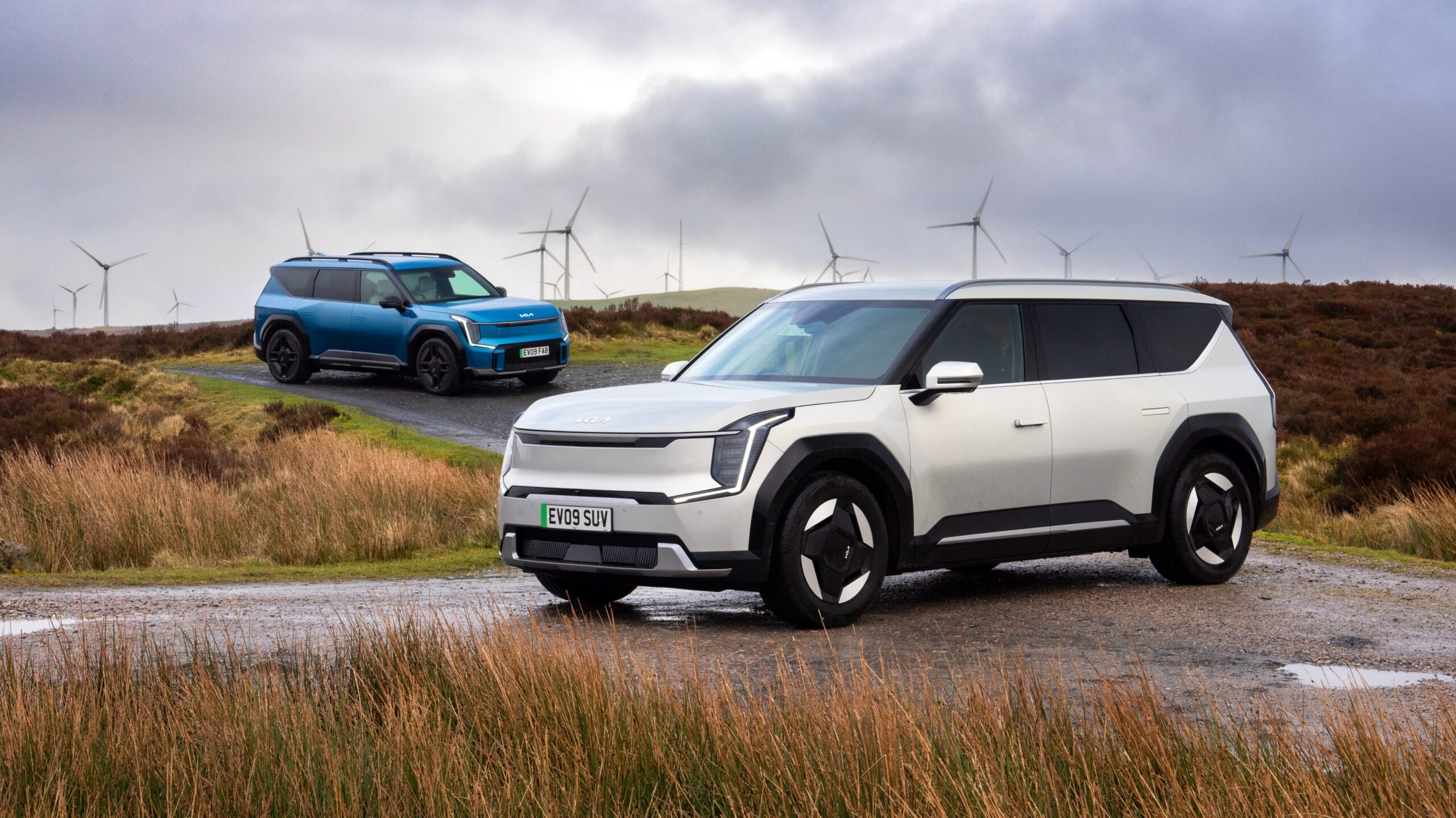Charlie Mainwaring is the Head of Distribution Sales at Ohme, overseeing the Built Environment team specialising in helping developers to fit the best EV chargers to their properties. Here he explains why Ohme is the perfect choice for developers:
When did the building regulation changes come into law requiring the majority of new residential developments to have electric vehicle (EV) charging points installed?
The Part S Building Regulations arrived on 15 June 2022 for new build properties and major renovations. These regulations stated that they had to have EV charging points installed.
However it only applied to any locations applying for planning permission after that date, so ongoing projects weren’t affected, hence there has been a little delay in chargers actually being fitted to new homes.
Is Ohme already talking to housing developers?
Yes, we’re constantly talking to housing developers and working with them to help offer the best EV charging solutions for their customers. But we’re invested in the relationship, we’re not just solving a problem for the house builder, we’re providing a long term solution for the home owner as well.
We are also the official EV charging partner in the House of the Future project, a £16m research laboratory at Salford University, helping to test for and build the low carbon homes of the future. So Ohme is not just helping developers today, but also in the future too.
What can Ohme offer to housing developers?
Our EV chargers are fully compatible with the latest smart charger regulations and also help developers with their own building regulations. We want to help support those developers when customers start their EV journey.
Some customers might already have an EV when they move into a new home, others may not buy one for a while and we’re here to support all of them. Either way, customers will always have questions and Ohme is the only EV charging company that can offer such a high level of ongoing support for developers with our large in-house customer care team in the UK.
Why should a developer choose Ohme?
Ohme’s core aim is that nobody gets left behind in the transition towards greater e-mobility. We’re now the trusted EV charging partner for Hyundai, Mercedes-Benz, Polestar and the Volkswagen Group in the UK, as well as for Octopus Energy and Motability Operations.
Simply put, housing developers don’t know who will be buying their new homes and don’t know what energy provider their customers are likely to choose. Ohme is the only EV charging company that can work with all energy providers and all tariffs. That means that housing developers won’t be restricting their future customers in terms of the energy provider they choose or the tariffs that they pick.
Housing developers should ensure that they do their due diligence and ask these questions of whichever charging manufacturer they work with, rather than just thinking that all EV chargers are equal.
Not only is our charger the smartest one on the market along with being fully compliant to all the latest regulations, but we are constantly improving the product through firmware updates.
All housing developers are bound by the Consumer Code for Home Builders which ensures that buyers are fully supported before, during and after the home-buying process. Ohme is committed to ensuring that that Code is adhered to for their choice of EV charger.
What sets Ohme apart from others?
As well as our high level of product reliability and also our access to all UK energy tariffs that I’ve already mentioned, probably the biggest thing is the efficiency of our charger installation and commissioning process.
Crucially, our chargers don’t need to connect to wifi, so they boast first fix install for electricians. That means there’s no second visit when a customer has finally moved in and no extra cost to the developer, so the developer is making savings with Ohme compared to rivals. Plus, because Ohme’s chargers are quick to fit, an electrician can fit more of them per each site visit compared to other chargers too.
Furtheremore, developers can access our chargers through multiple procurement routes. We work with all of the national electrical wholesalers and builders’ merchants such as Travis Perkins.
Ohme has a dedicated Built Environment team that can help work with developers through any specific issues or questions they might have to help assist them.
We can also create and provide co-branded home-owner packs, to help deliver best possible customer service and introduction to Ohme for their buyers, plus can offer numerous marketing opportunities with our partners.
And what about sustainability?
As well as low cost EV charging, Ohme chargers offer the further option of charging at the times of the lowest CO2/kWh of electricity on the grid. Not only does this help energy providers to maximise renewable energy availability, but it also helps to keep future energy bills lower. Our partnership with Motability Operations saved 13,500 tonnes of CO2 in 2023 – the same amount absorbed by 550,000 trees per year.
This also helps developers to demonstrate that they are helping to meet sustainability targets. Ohme is increasing working with developers to provide dedicated individual sustainability reports to help demonstrate the savings Ohme can help developers to deliver.
Who are Ohme’s existing partners in the build environment?
We are already the official charging partner for a number of housing developers including Harron Homes and Hollins Homes, Castlethorpe and Abel Homes and many more.

